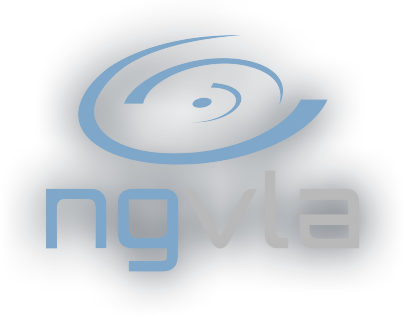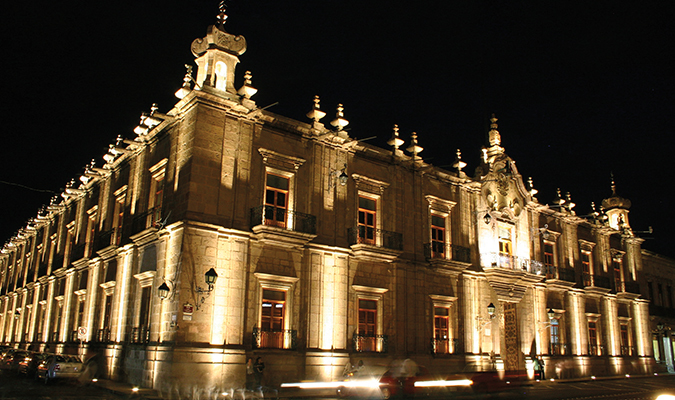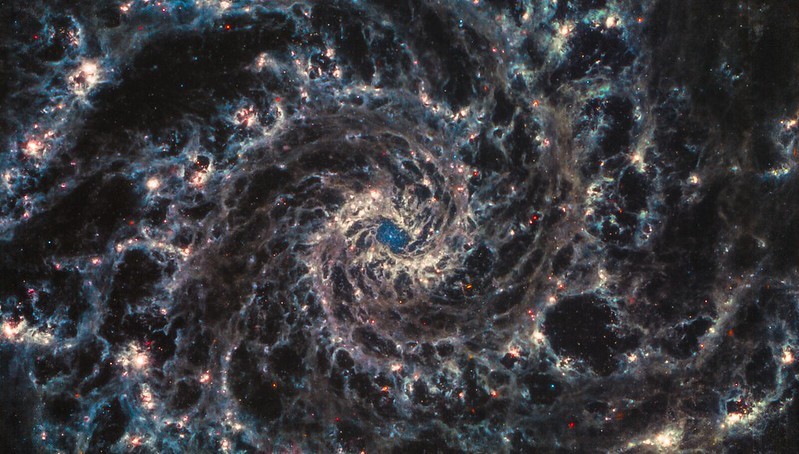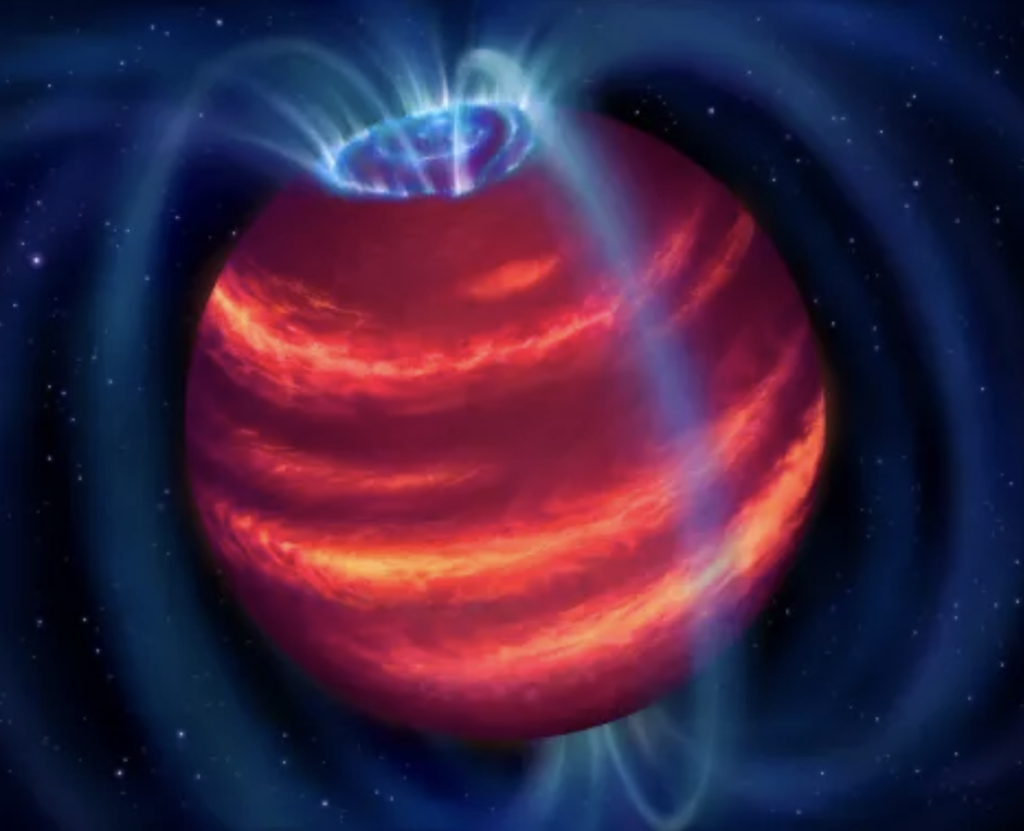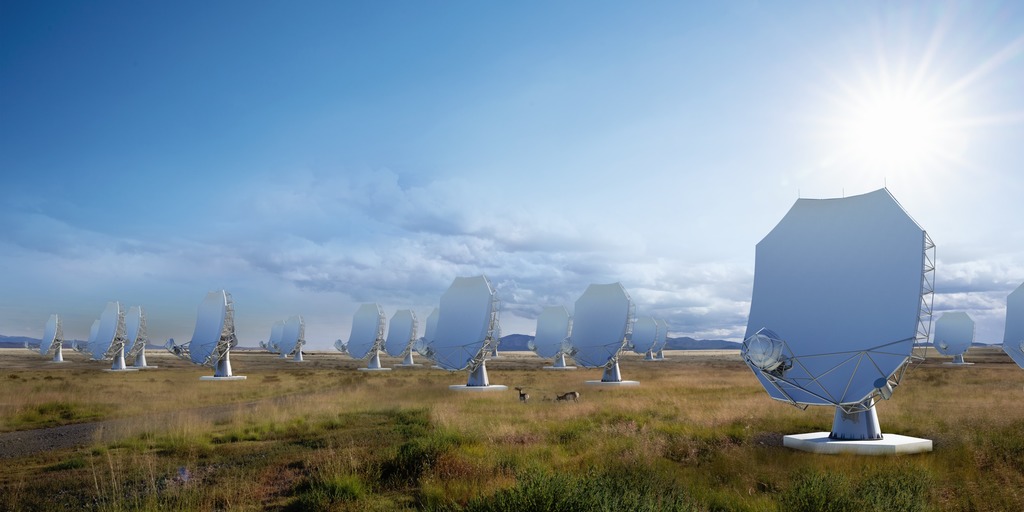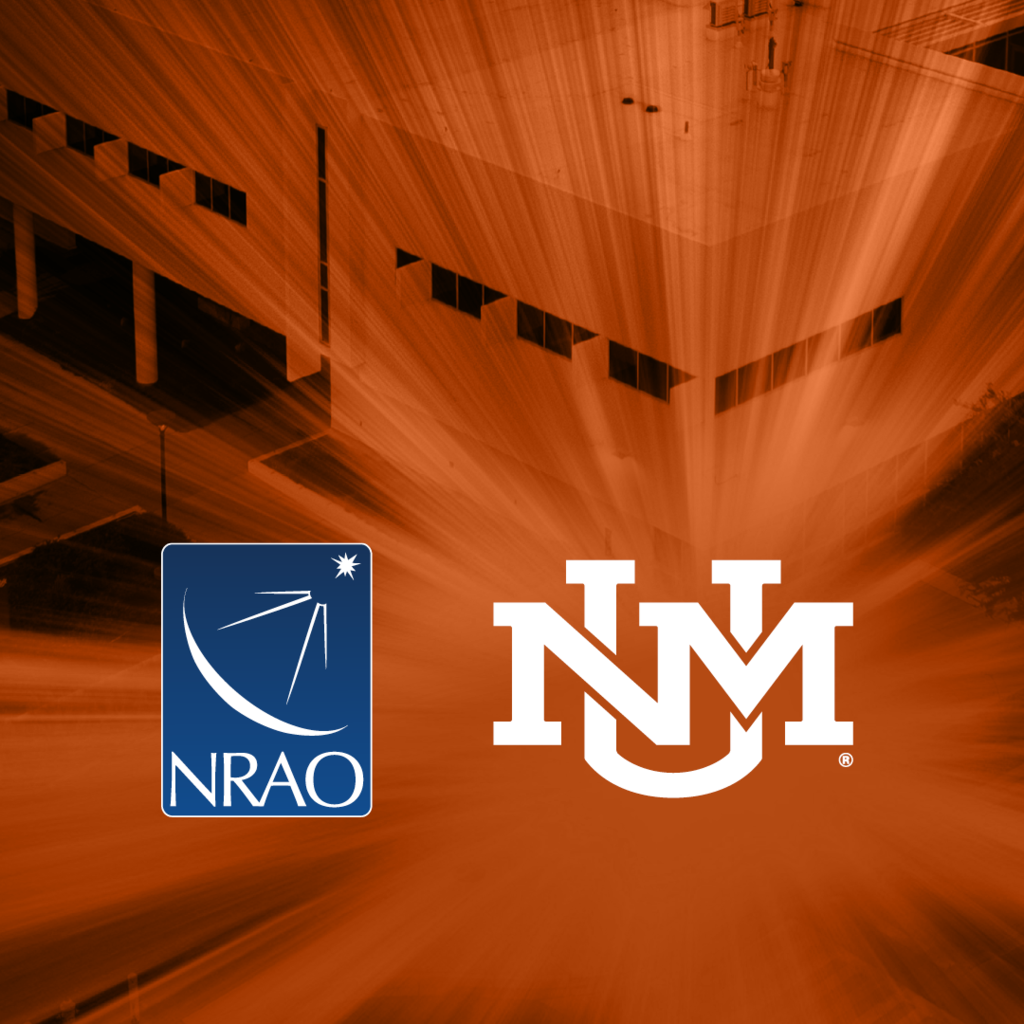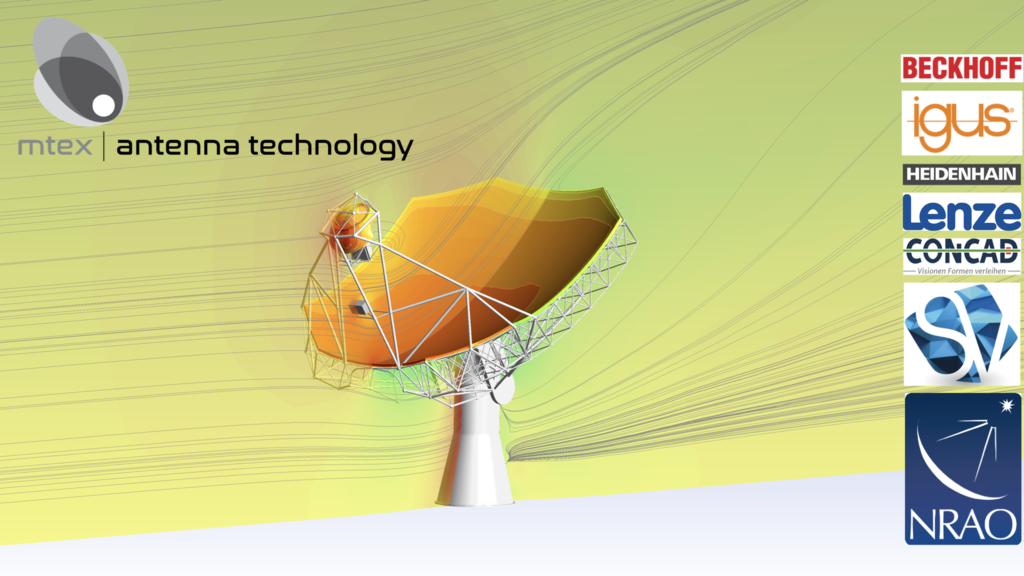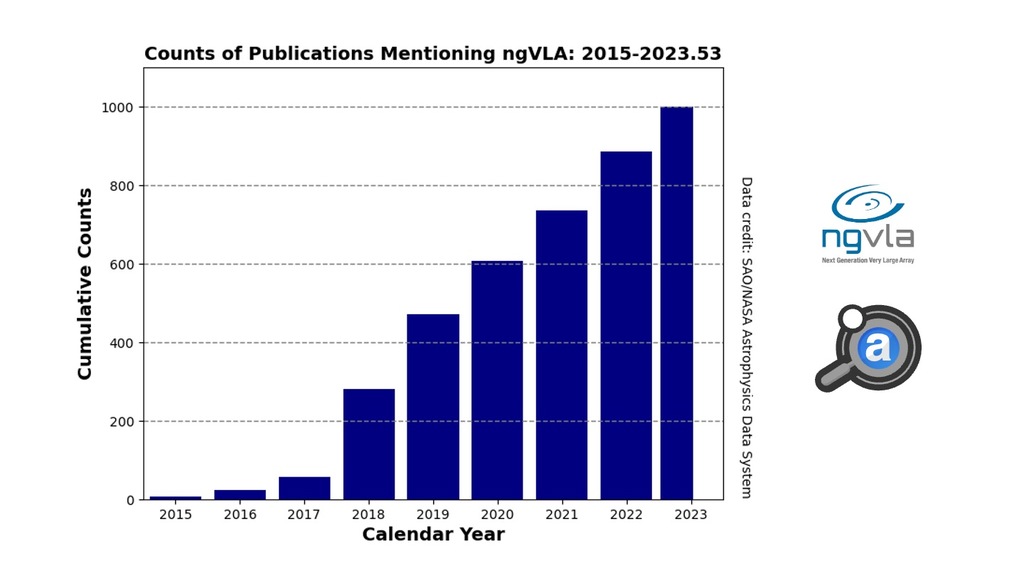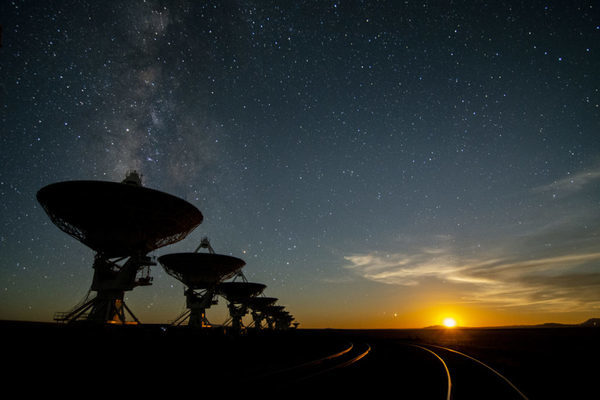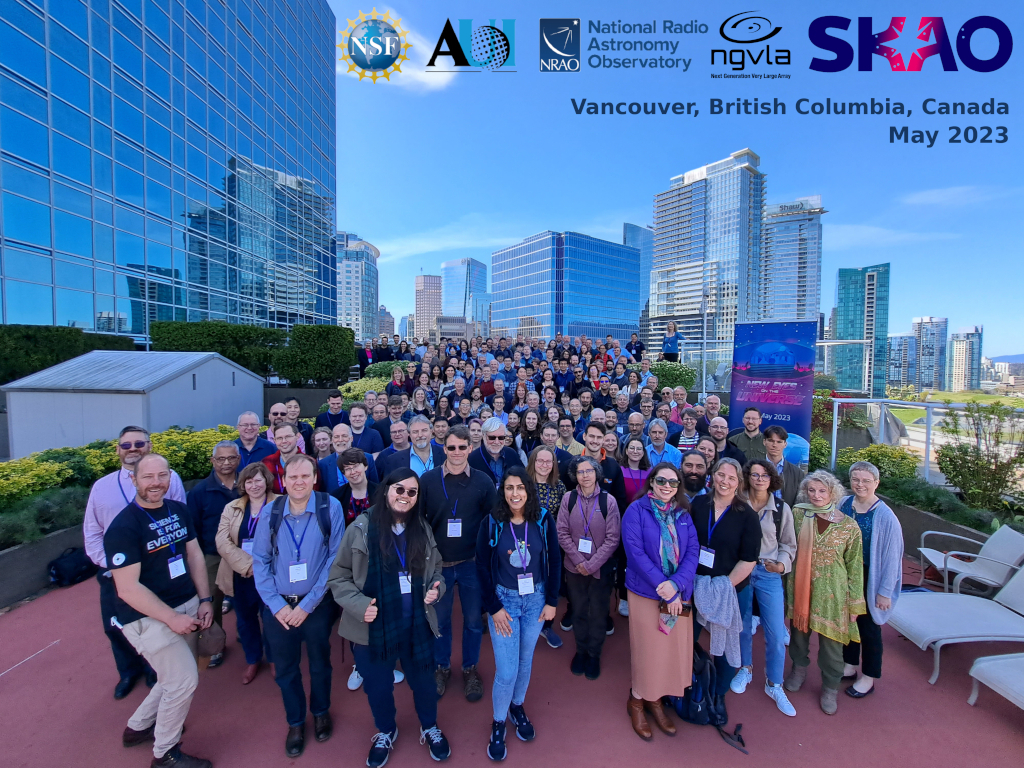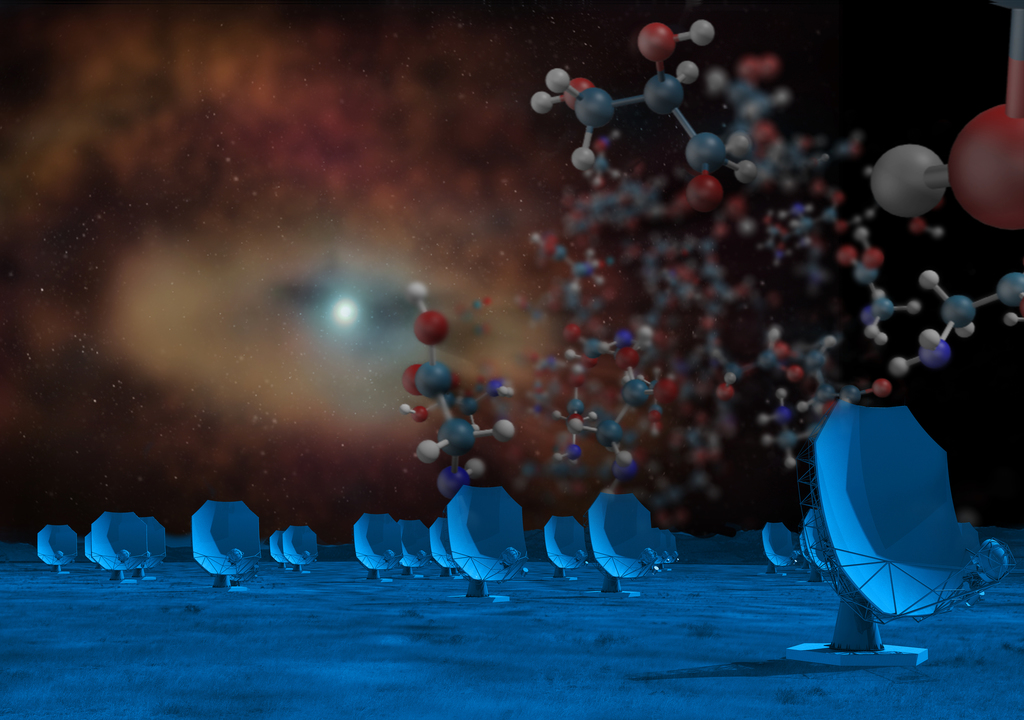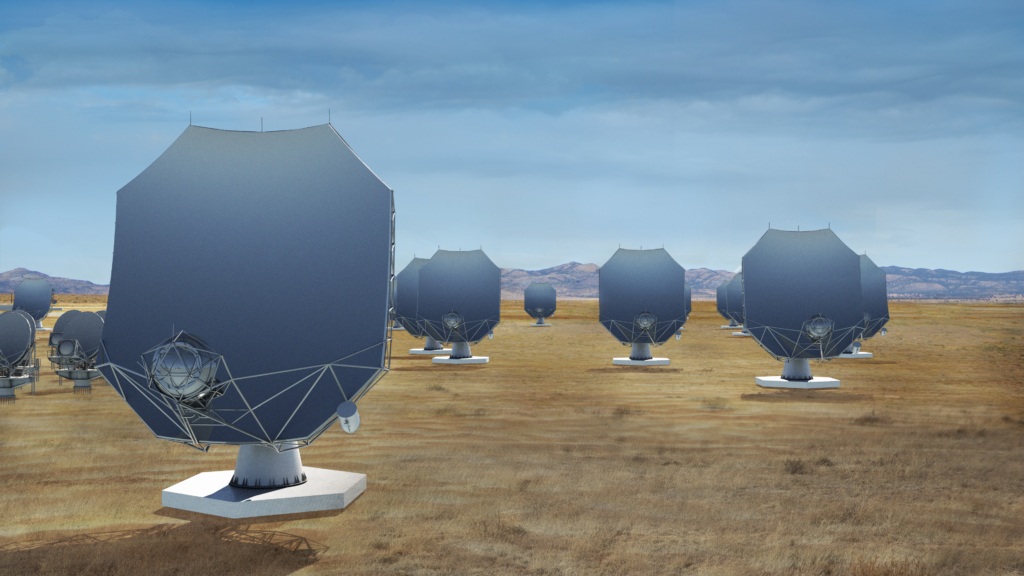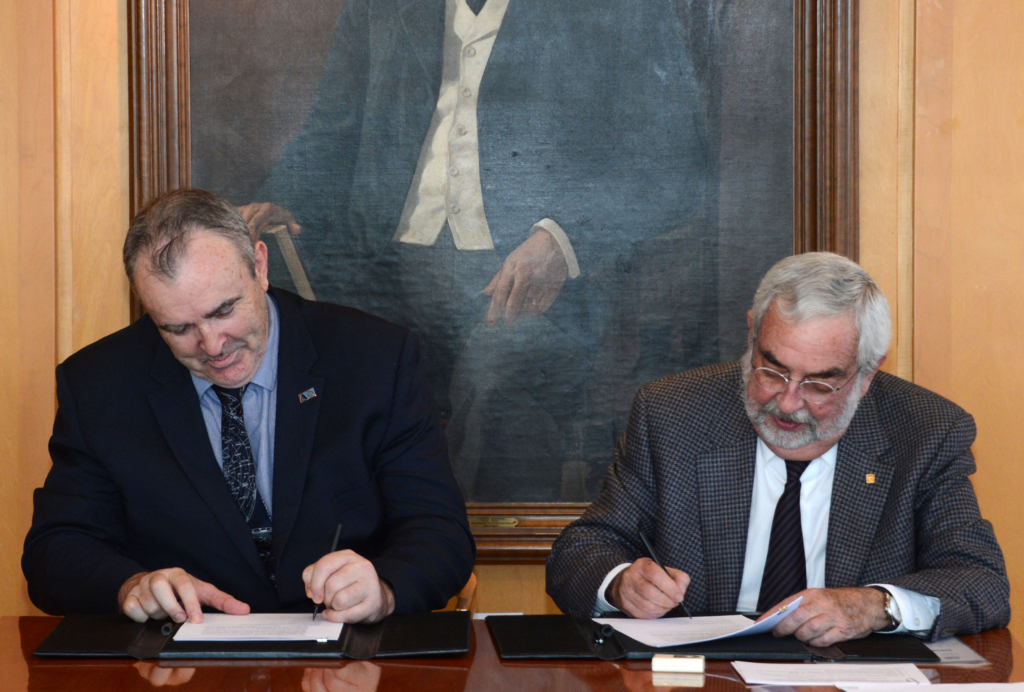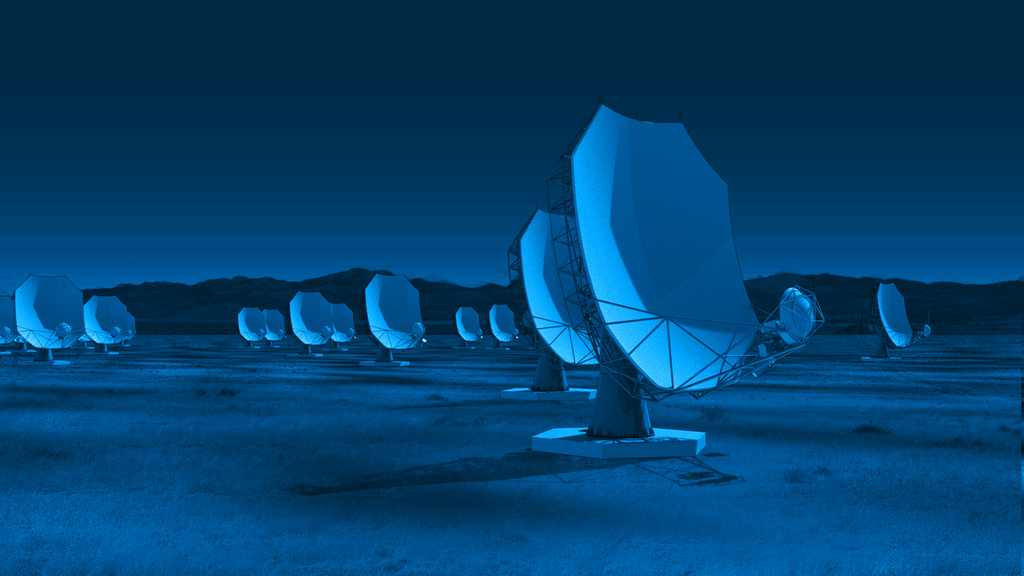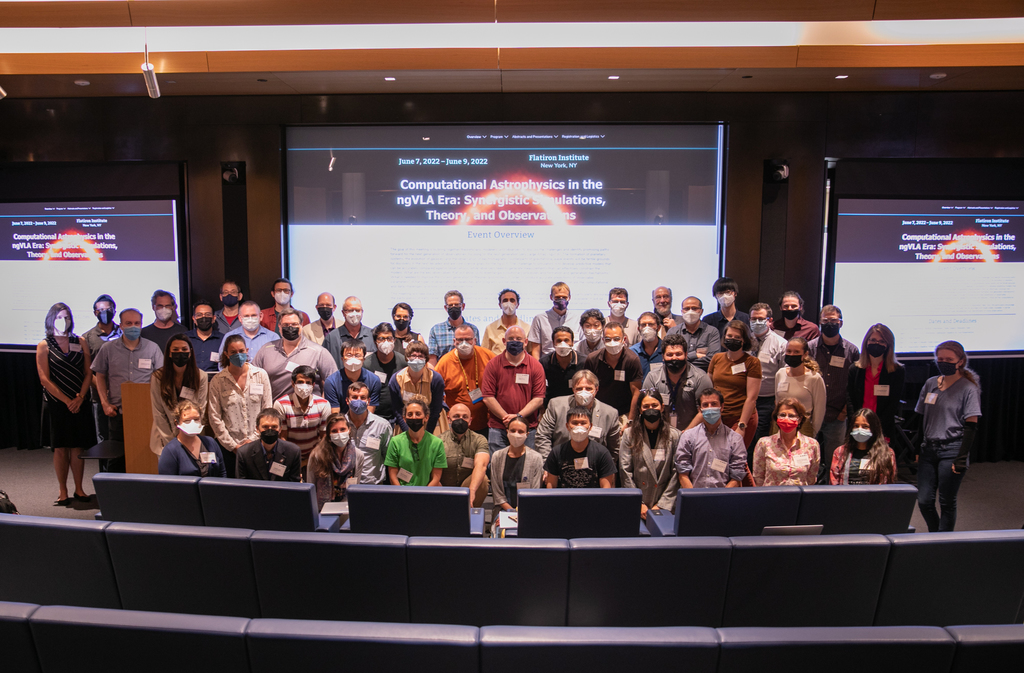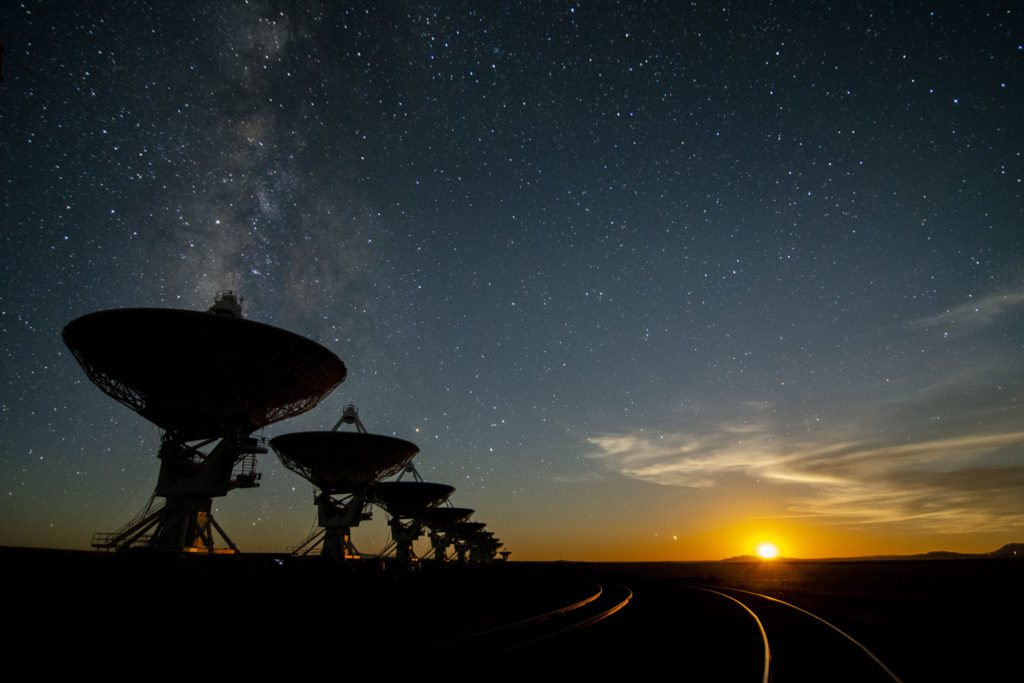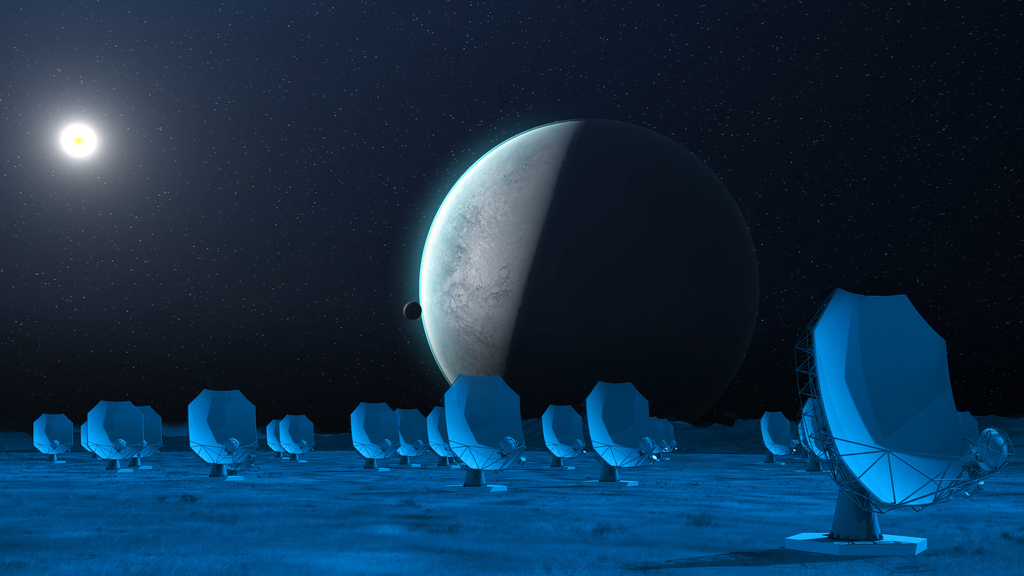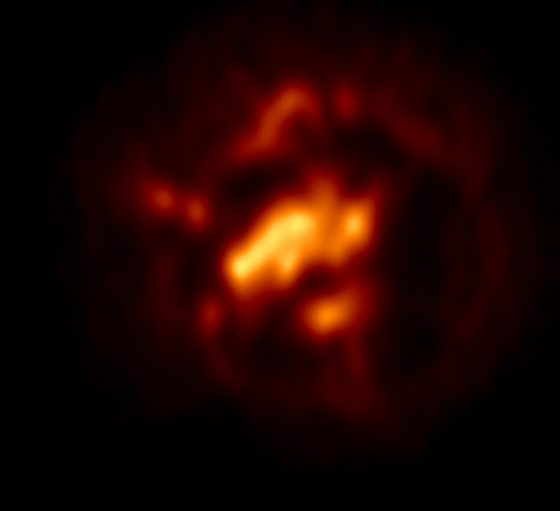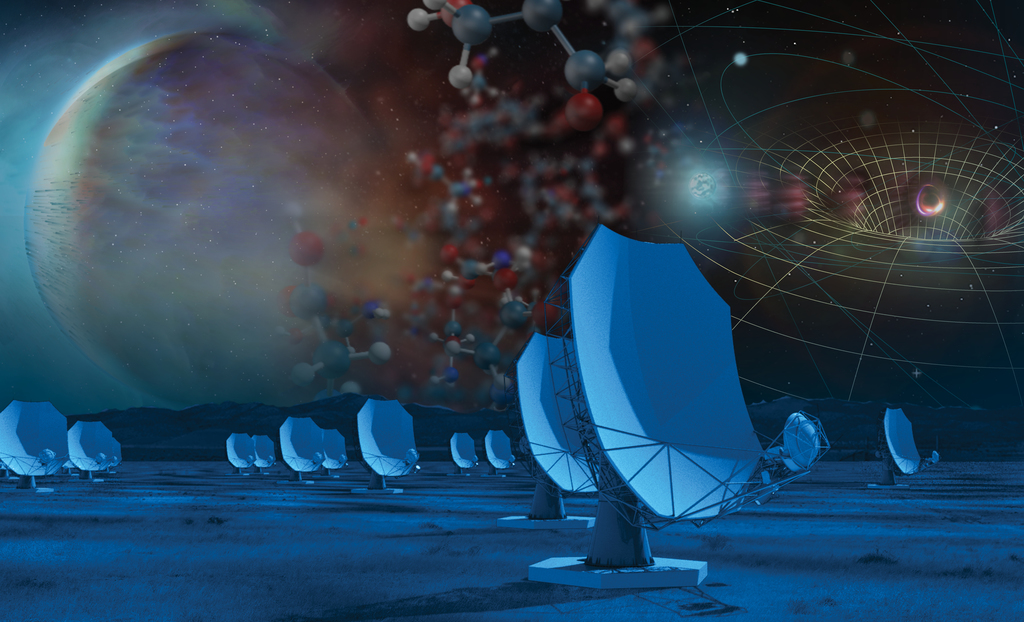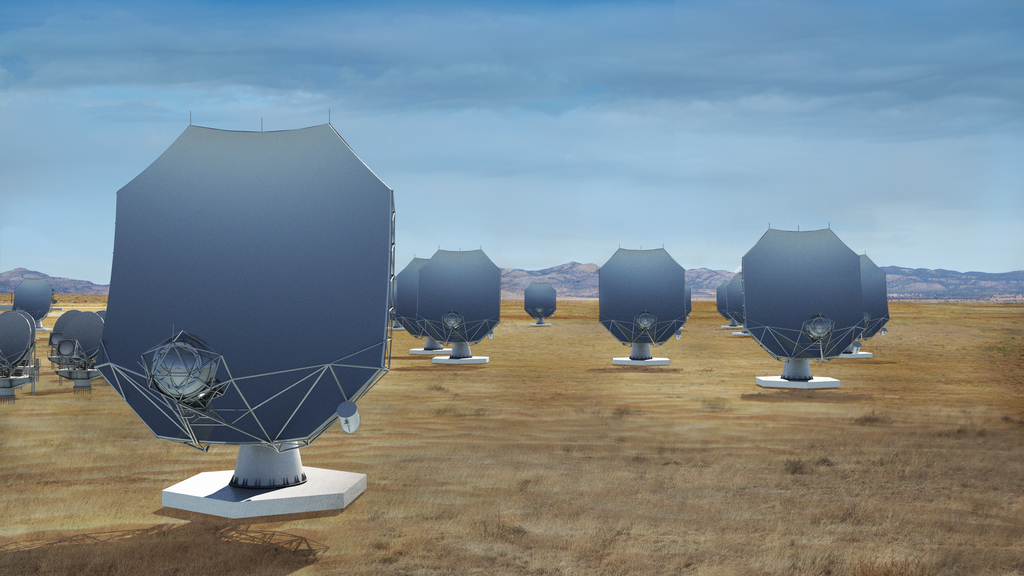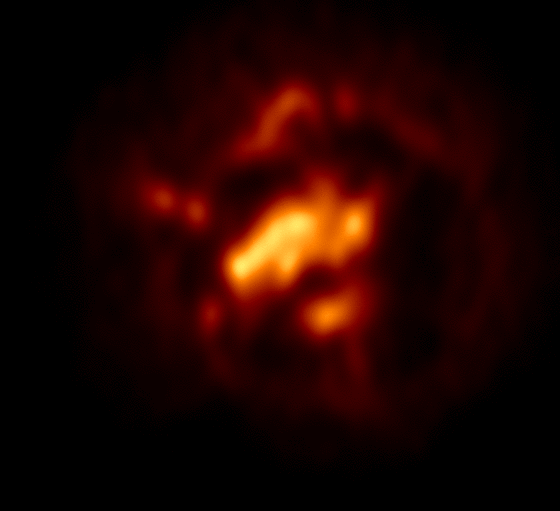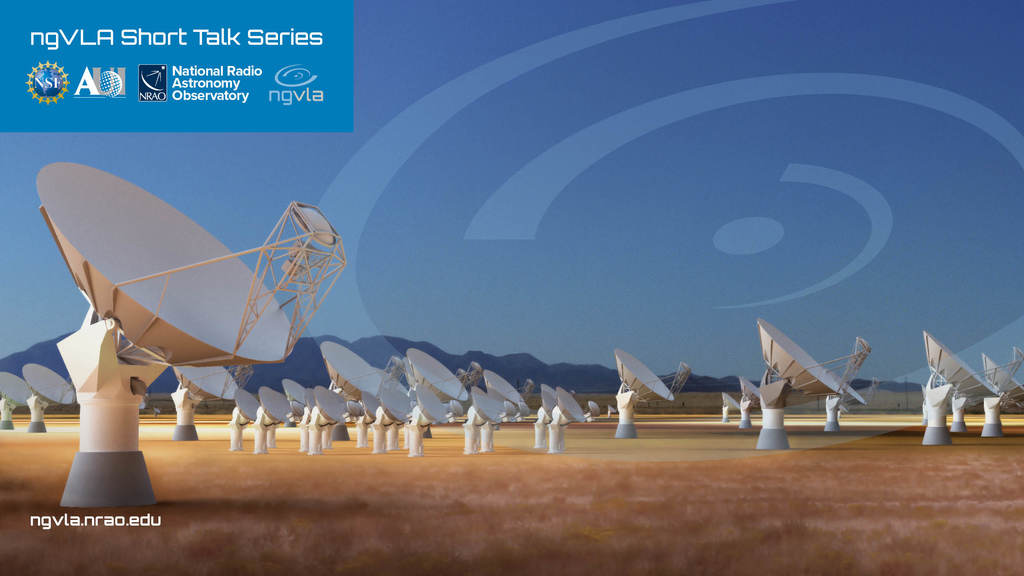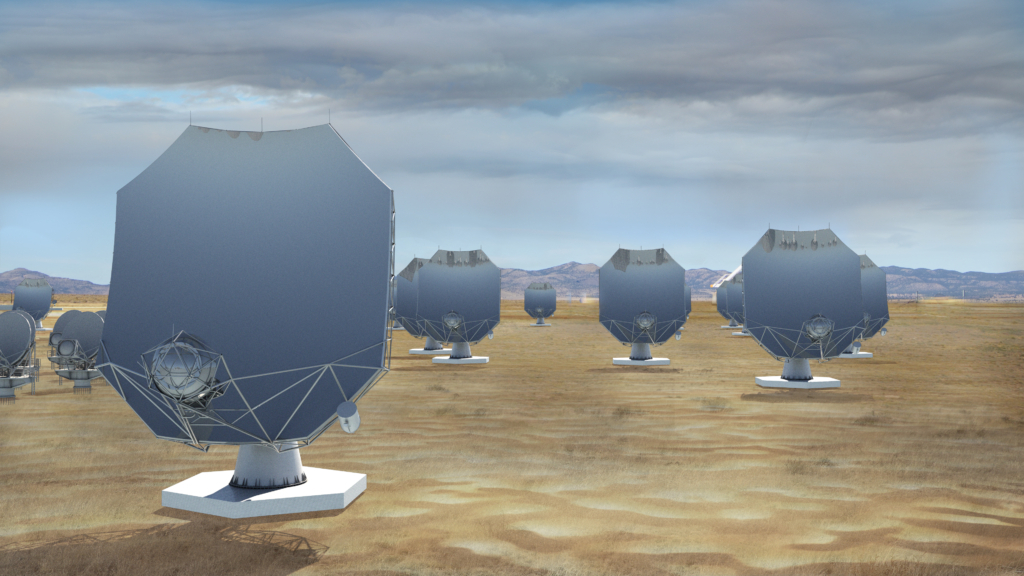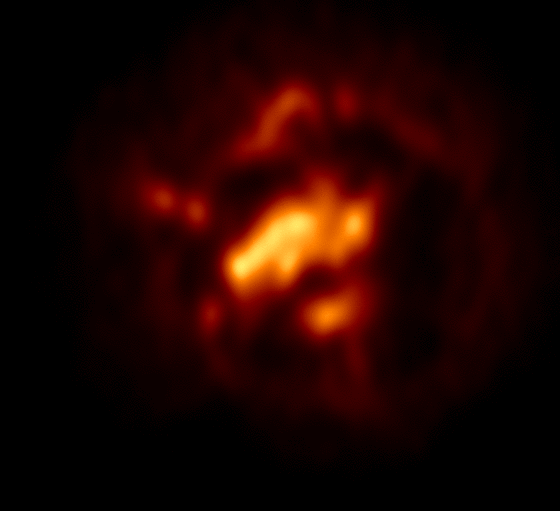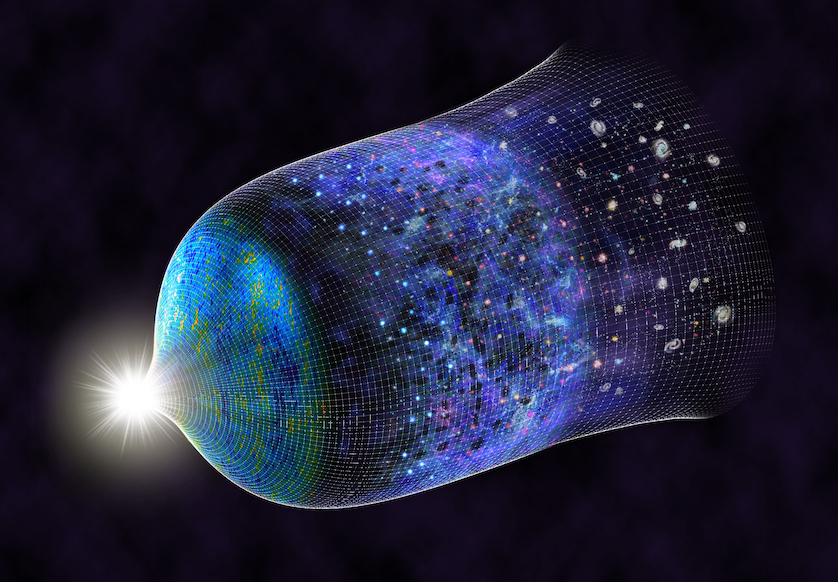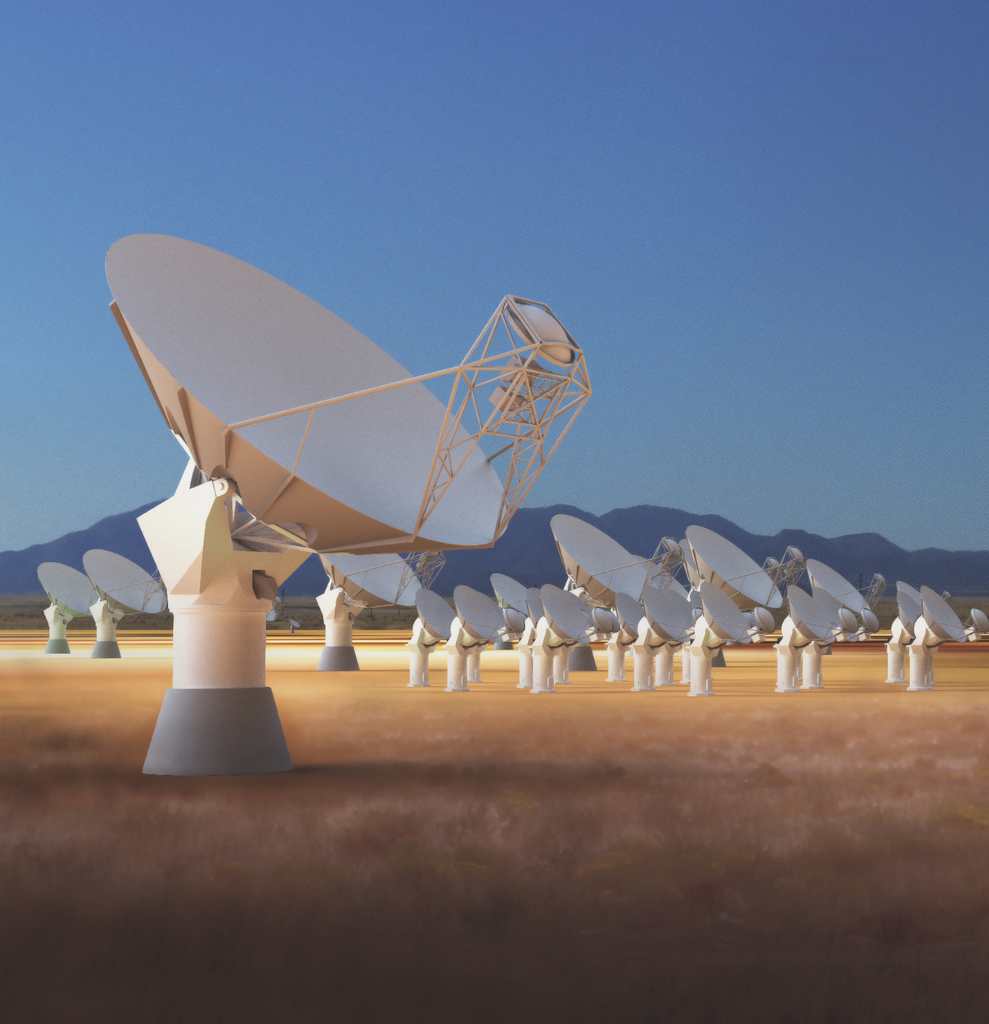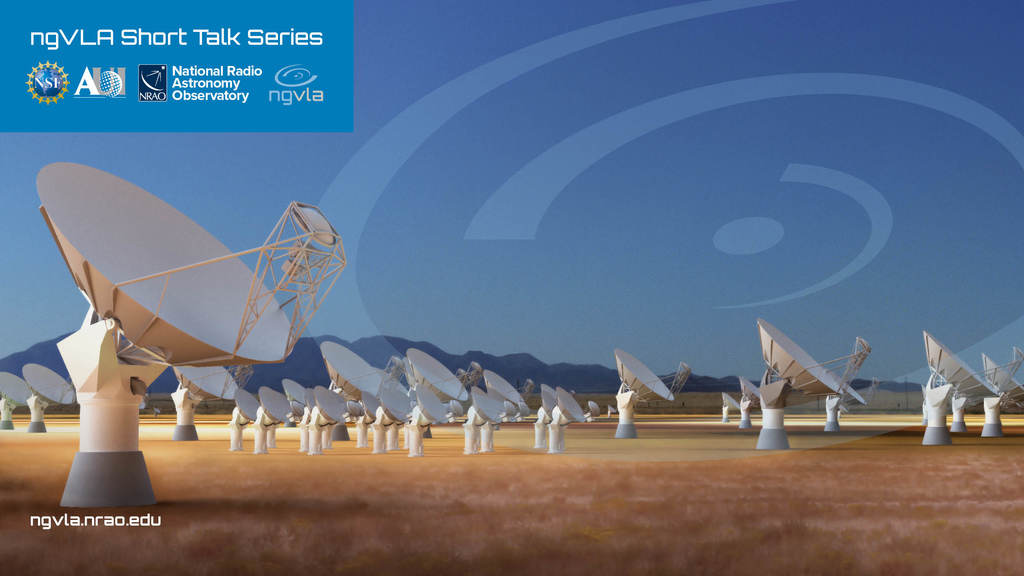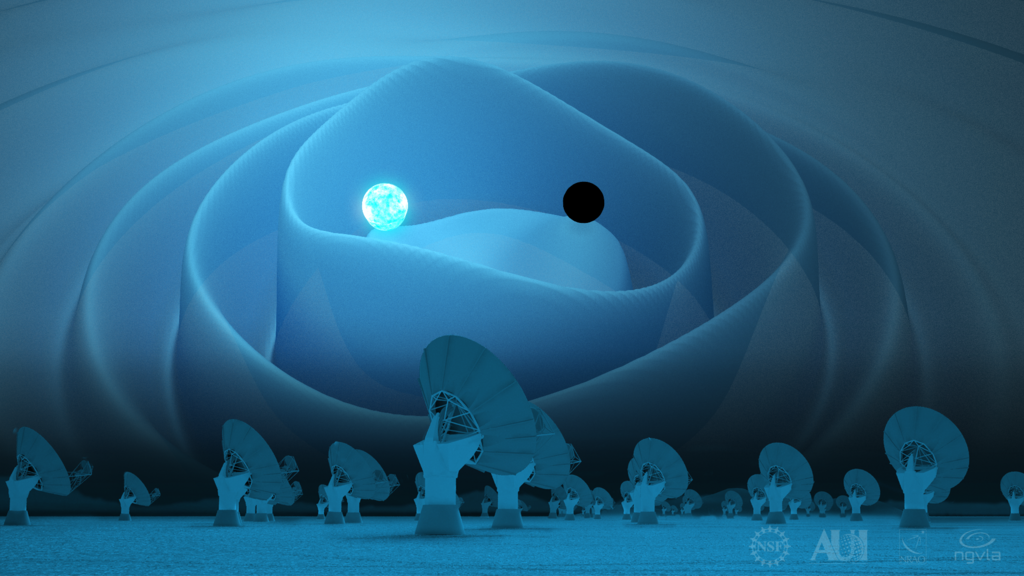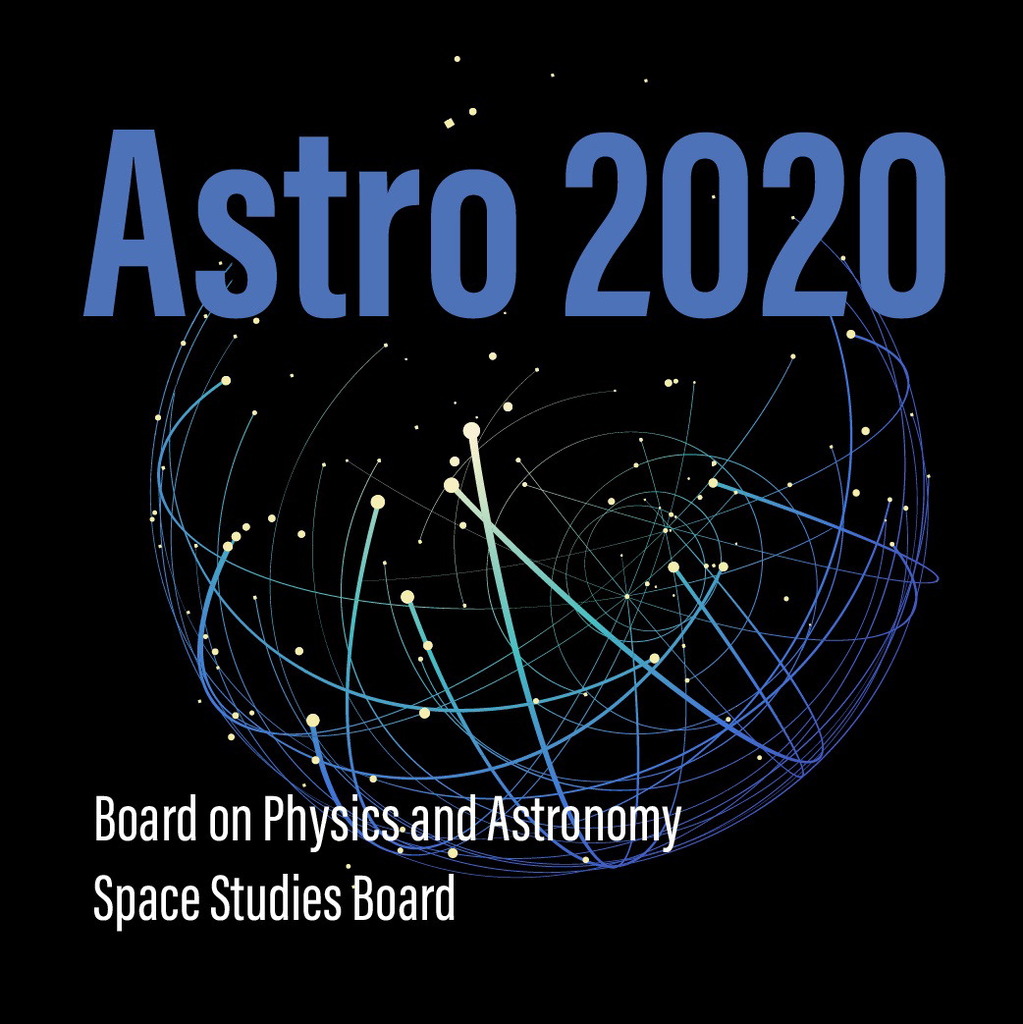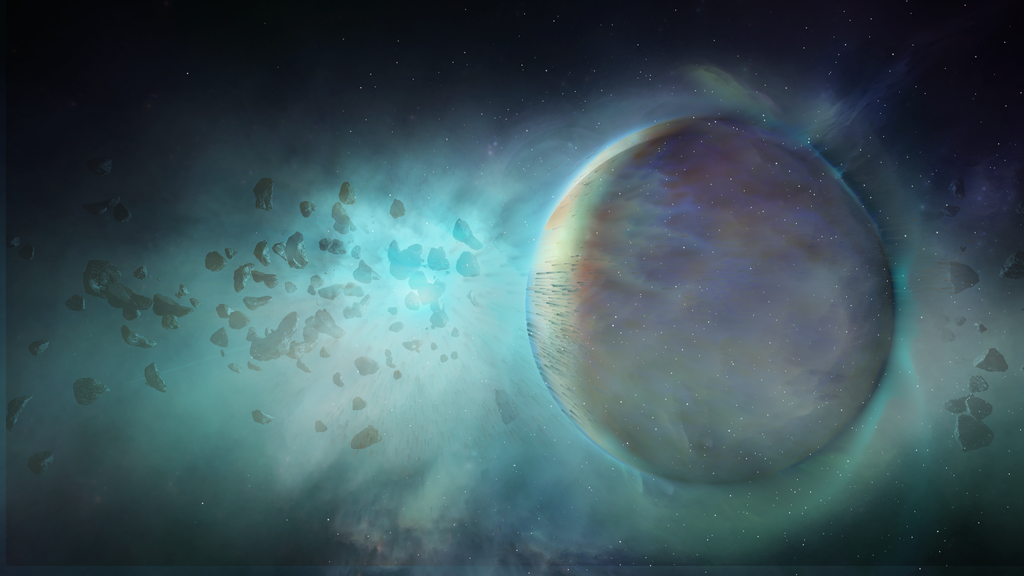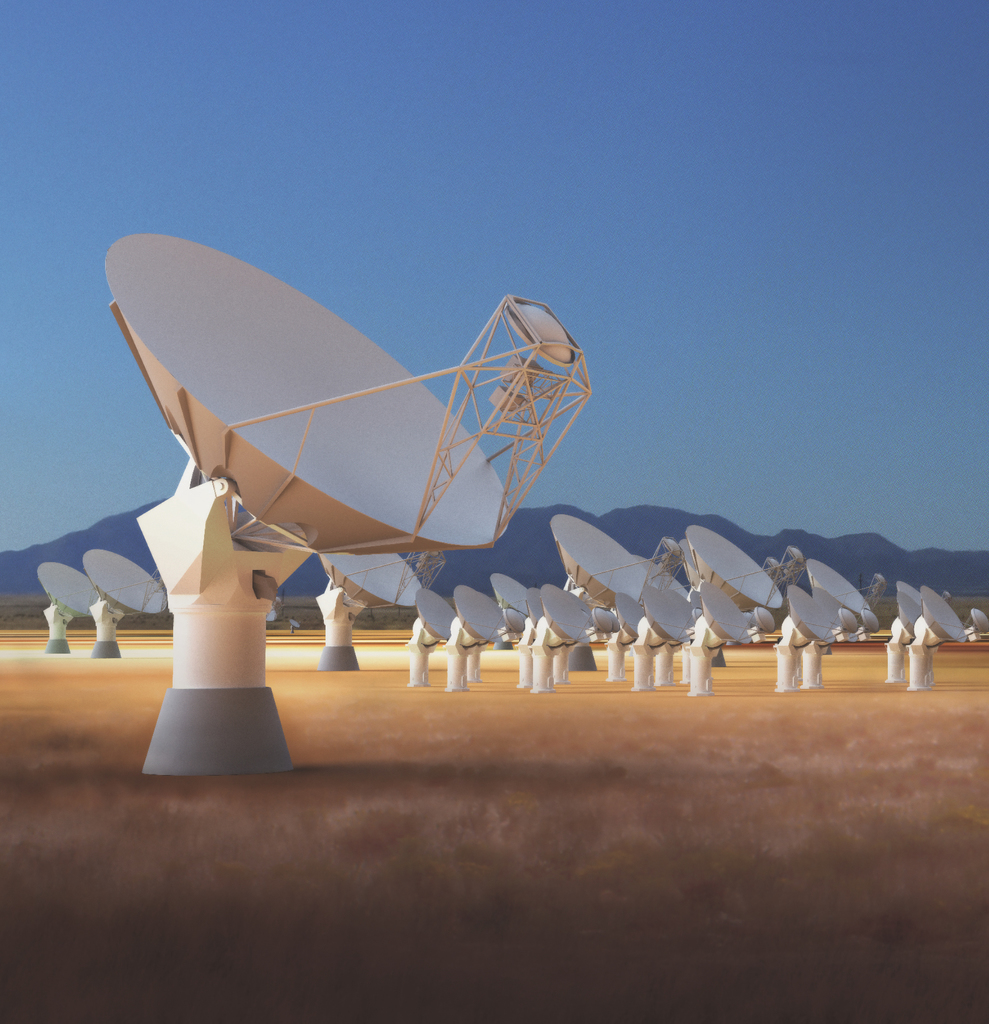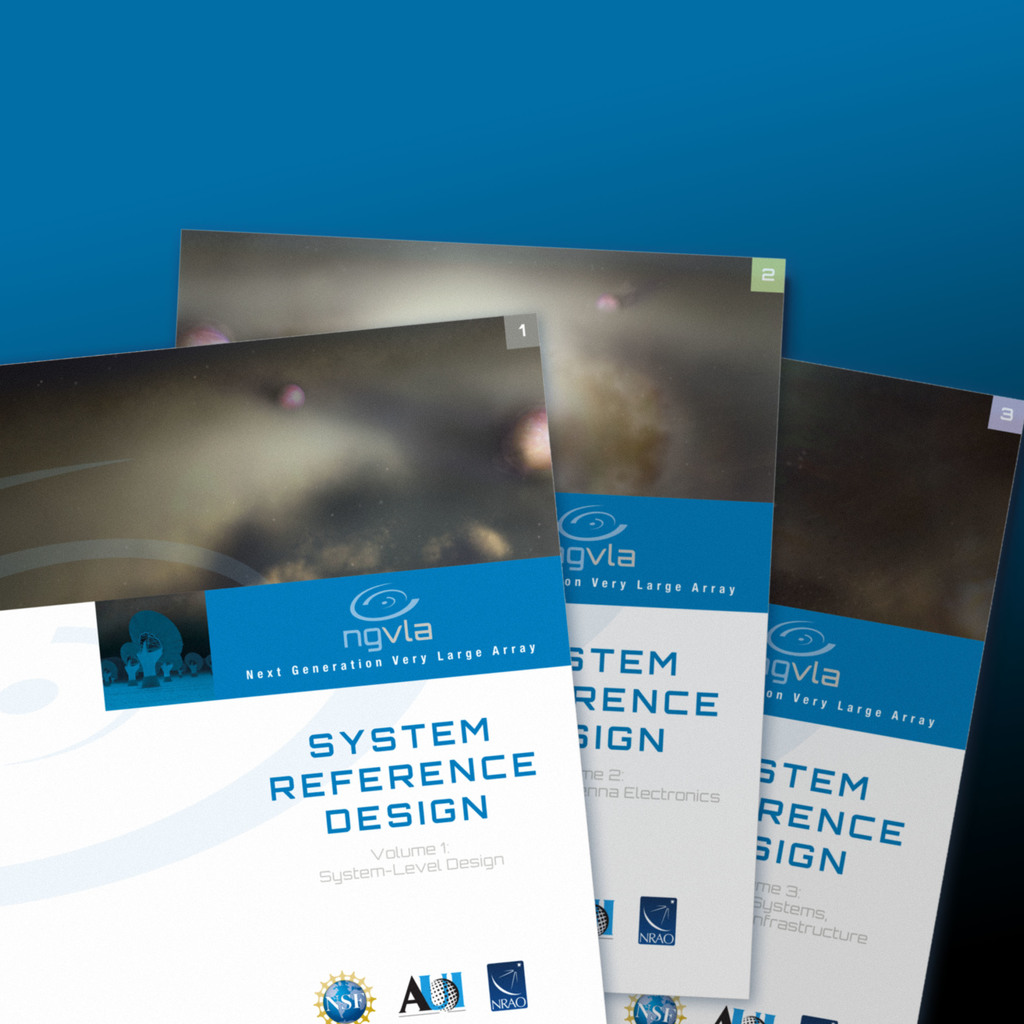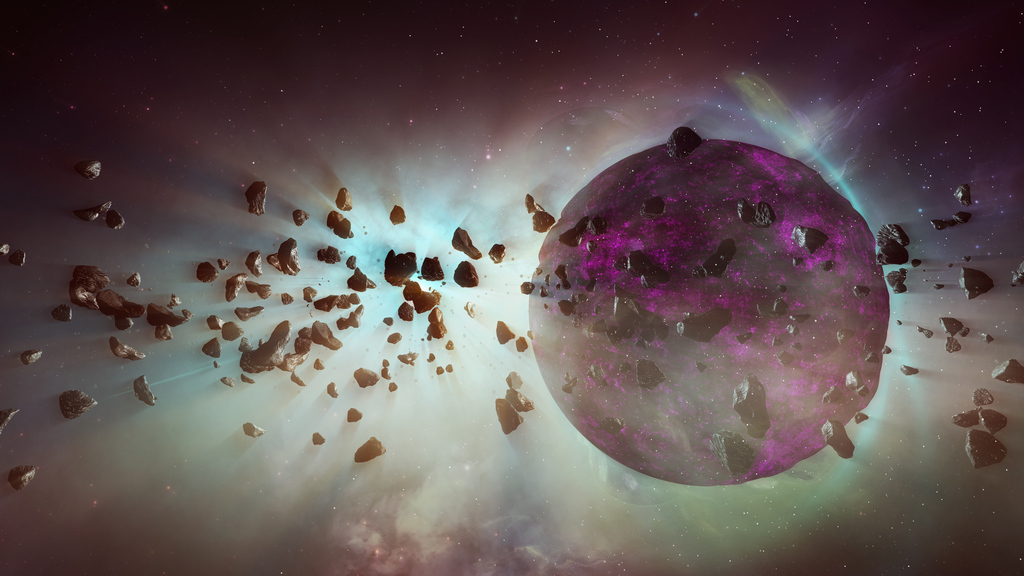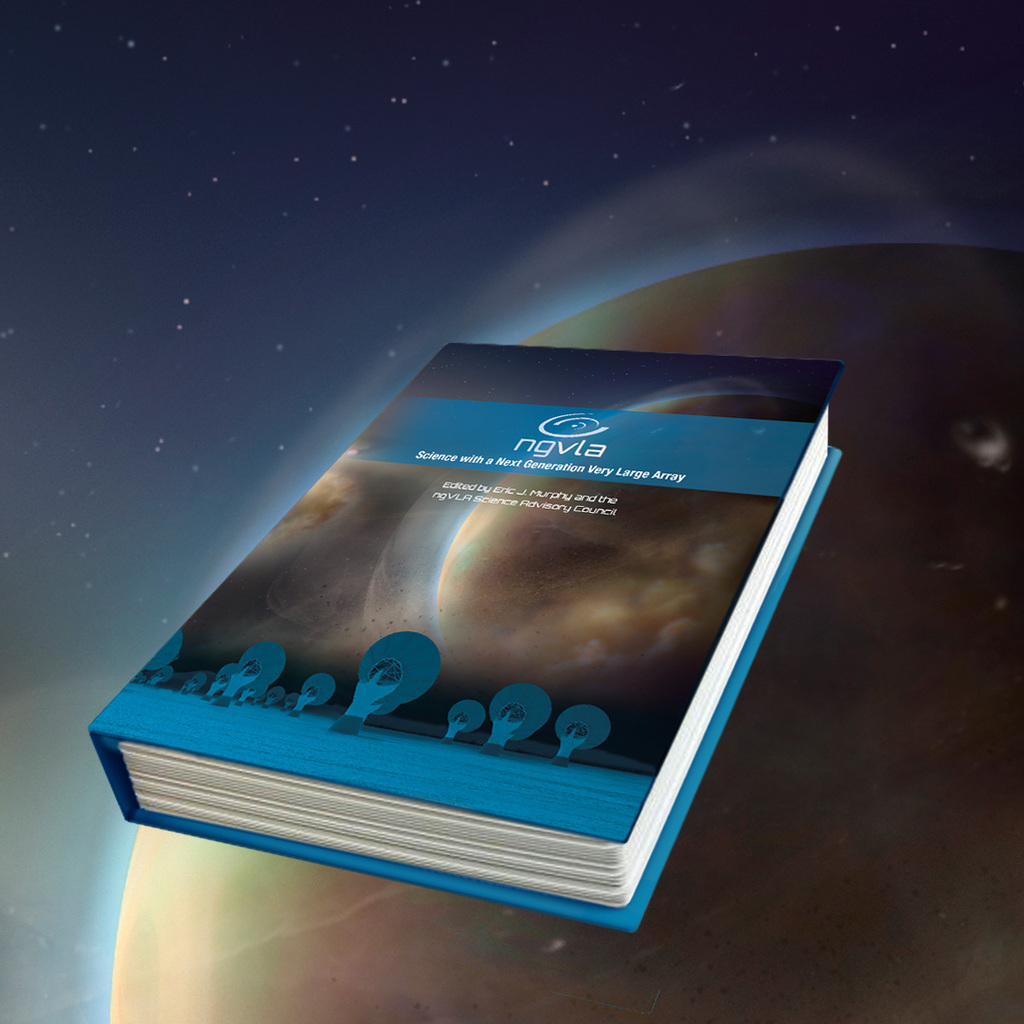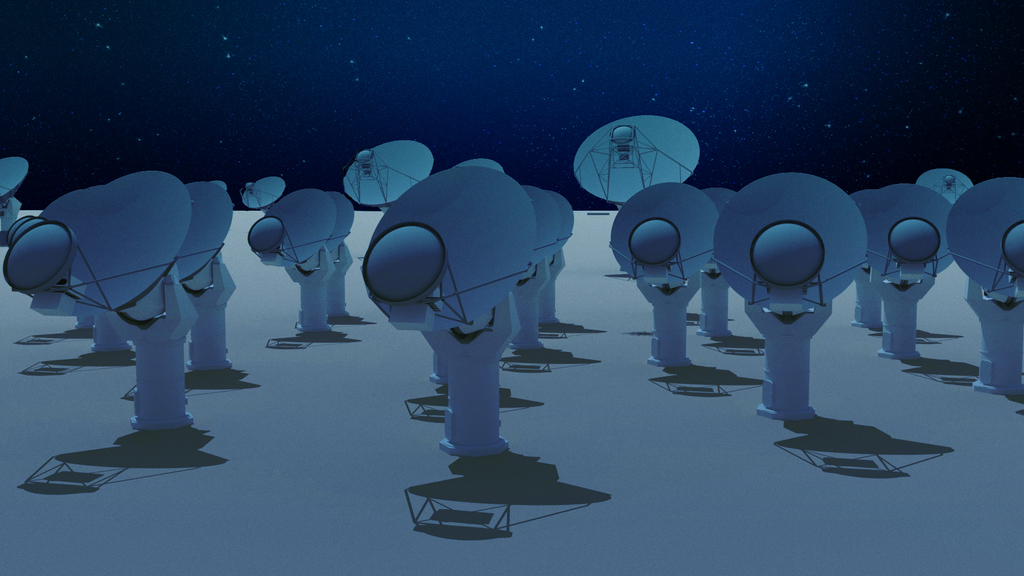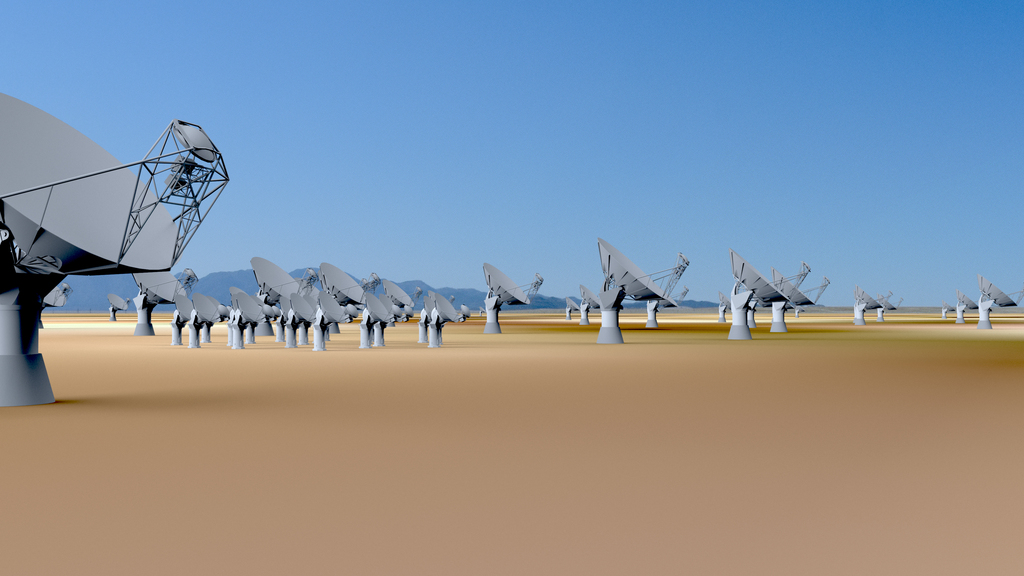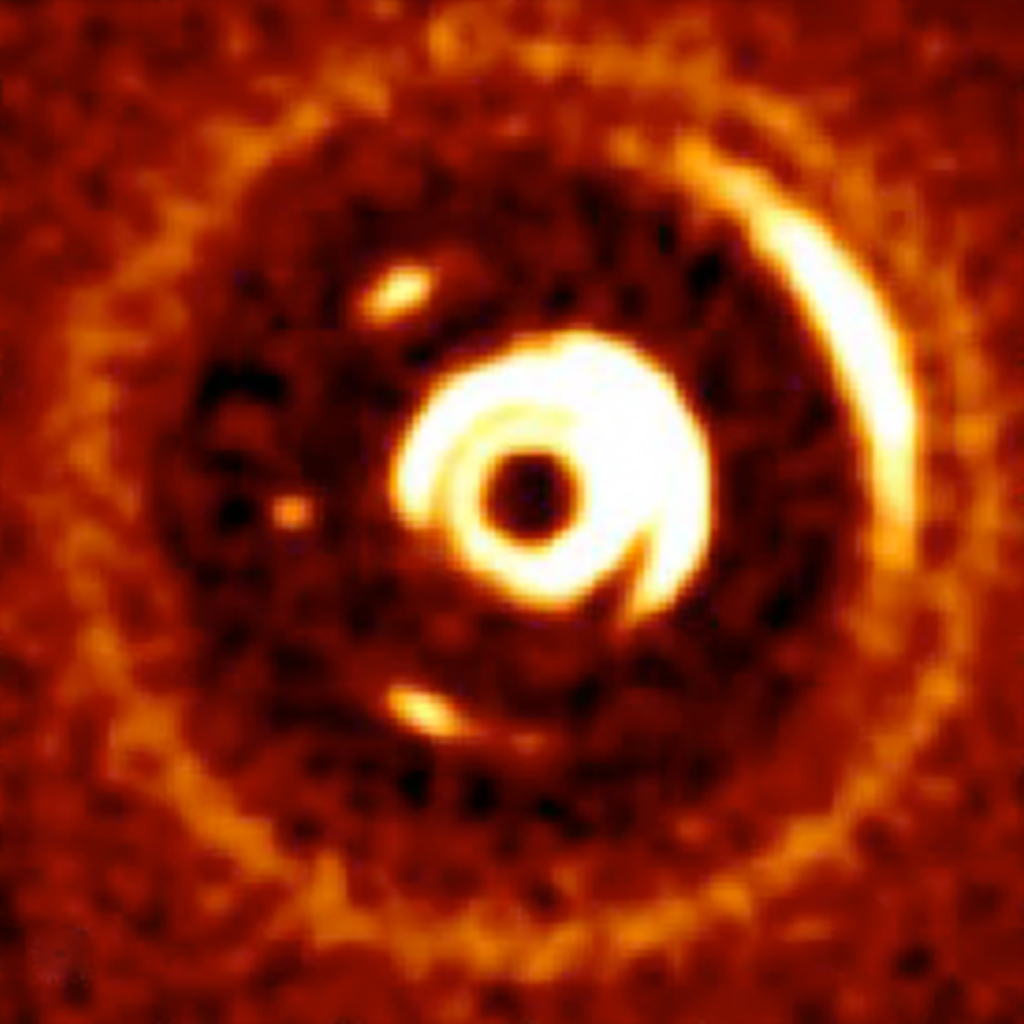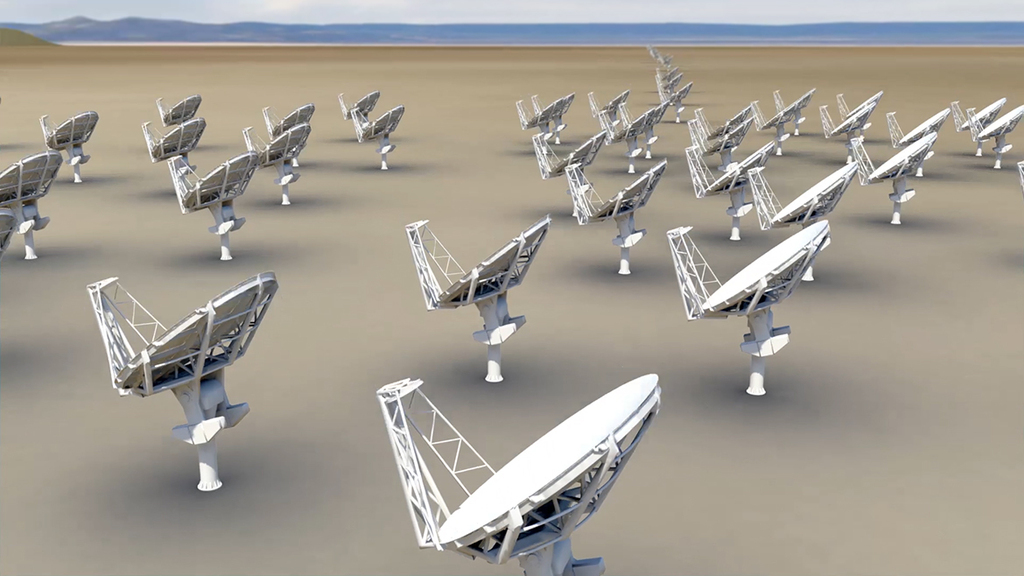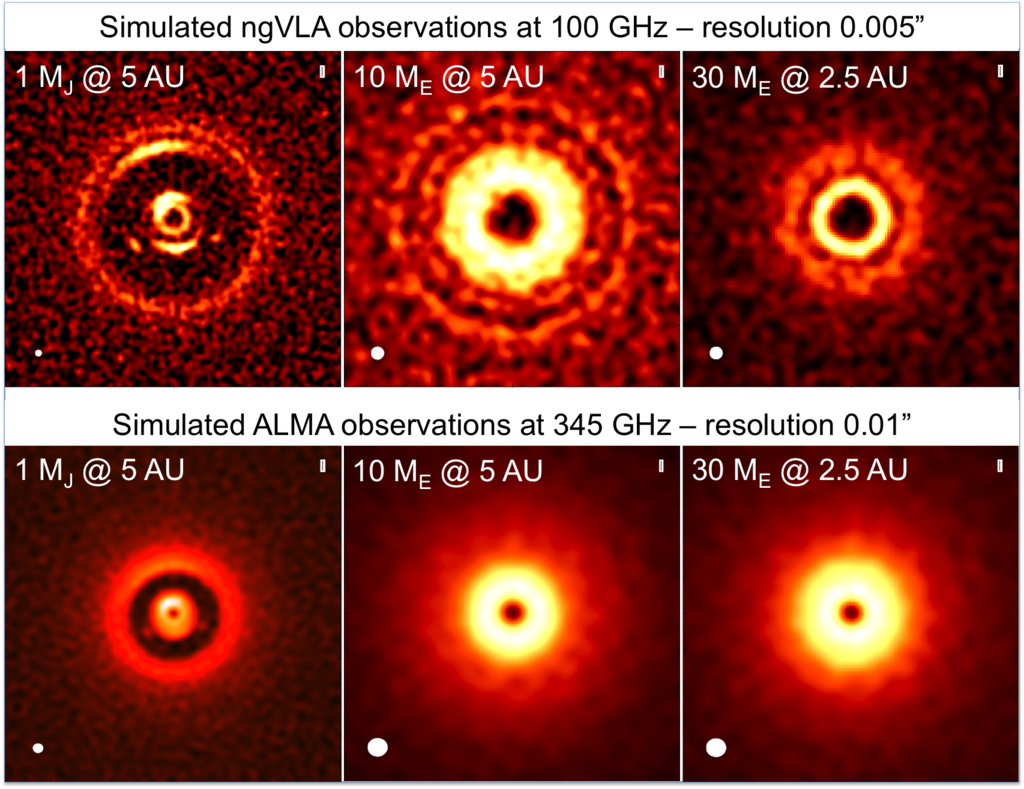The next-generation VLA (ngVLA) is an interferometric array that improves by more than an order of magnitude the sensitivity and spatial resolution of the Jansky VLA and ALMA at the same wavelengths. The ngVLA operates at frequencies of 1.2 GHz (21 cm) to 116 GHz (2.6 mm), building on the legacy of the Jansky VLA, ALMA and the VLBA as the next major national facility in ground-based radio astronomy. This new radio interferometer is optimized to bridge the gap between the exquisite performance of ALMA at wavelengths of 2 mm and shorter and the future SKA1 at decimeter to meter wavelengths, and will be highly complementary to these facilities. The ngVLA is a proposal-driven instrument with the science program determined by Principal Investigator (PI)-led proposals. The ngVLA opens a new window on the Universe through ultra-sensitive imaging of thermal line and continuum emission down to milliarcsecond resolution, while also delivering unprecedented broadband continuum imaging and polarimetry of non-thermal emission.
Key Science Goal 1: Unveiling the Formation of Solar System Analogues on Terrestrial Scales.
Key Science Goal 2: Probing the Initial Conditions for Planetary Systems and Life with Astrochemistry.
The ngVLA will address many of the high priority goals of modern astrophysics, including the science priorities described in the New Worlds, New Horizons Astro2010 Decadal Survey. The ngVLA is designed to deliver the quality of observations needed to achieve five Key Science Goals, which were distilled from a community-driven process led by its Science Advisory Council and involving the Science Working Groups as well as many individual contributors.
A useful summary of the ngVLA Key Science Mission can be found in the ngVLA Science Book, as well as detailed applications described by the scientific community in over 90 chapters. While the ngVLA has been designed to deliver its five Key Science Goals, it is conceived as a broad use astronomical observatory capable of revolutionizing many other areas of astrophysics, with the ability to produce data ranging from time-resolved images of stellar photospheres to searches for technosignatures.
Key Science Goal 3: Charting the Assembly, Structure, and Evolution of Galaxies from the First Billion Years to the Present.
Key Science Goal 5: Understanding the Formation and Evolution of Stellar and Supermassive Black Holes in the Era of Multi-Messenger Astronomy.
Key Science Goal 4: Using Galactic Center Pulsars for a Fundamental Test of Gravity.
One of the 244 mtex antennas, each meassuring 18m in diameter, of the Main and Long Baseline Array of the ngVLA.
The ngVLA will comprise an array of 244 antennas each 18m in diameter, supplemented with a short baseline array of 19 antennas each 6m in diameter to deliver the shortest baselines (largest structures on the sky). Each fixed antenna is outfitted with receivers spanning the frequency range 1.2 – 50.5 GHz and 70 – 116 GHz. The array achieves high surface brightness sensitivity and high-fidelity imaging on angular scales down to a milliarcsecond, by having a large fraction of the total collecting area distributed in core array area with extensions out to ~1000 km. Even longer baselines reaching across North America and Hawaii which can be used separately or together with the main array will deliver 0.1 milliarcsecond resolution and enable microarcsecond precision astrometry.
The ngVLA core will be located near the current VLA site on the Plains of San Agustin, NM, with additional mid-baseline stations spread over greater New Mexico, Arizona, Texas, and Mexico. The long baseline array stations will be located in Washington, West Virginia, California, Iowa, New Hampshire, Hawaii, Puerto Rico, the U.S. Virgin Islands, and Canada.
Visit our ngVLA Performance Estimates, Array Configuration, and Reference Design sections for more details on the technical aspects of the ngVLA. The most significant ngVLA Project Design Documents can be found here.
Attendees at the "Radio/millimeter Astrophysical Frontiers in the Next Decade" Conference (Charlottesville, VA, 2019). These radio astronomers, from all over the world, met to highlight science frontiers and potential observations with the ngVLA.
Inspired by the dramatic discoveries from the Janksy VLA, VLBA, and ALMA, the National Radio Astronomy Observatory (NRAO) and the international science community are designing and developing the ngVLA.
NRAO started the ngVLA project as an internally-funded effort in 2015. The National Science Foundation (NSF) has provided support since 2015, contributing to the definition of the ngVLA Science case and the development of the ngVLA Reference Design. NRAO will continue to pursue funding from the NSF at the ~$8-10M/yr level through 2021 when the Astro 2020 Decadal Survey concludes. The NSF has funded work on prototyping, with $23M awarded for design, development, and production of a prototype antenna, and a contract was signed with mtex antenna technology Gmbh on May 2021. We envision the U.S. will be the ngVLA majority partner, with contributions from international and multi-agency partnerships
Development-phase collaborations are also in place with international partners: the National Research Council Canada (NRCC), the National Astronomical Observatory of Japan (NAOJ), the National Autonomous University of Mexico (UNAM), and the Academia Sinica Institute of Astronomy and Astrophysics (ASIAA) of Taiwan.

